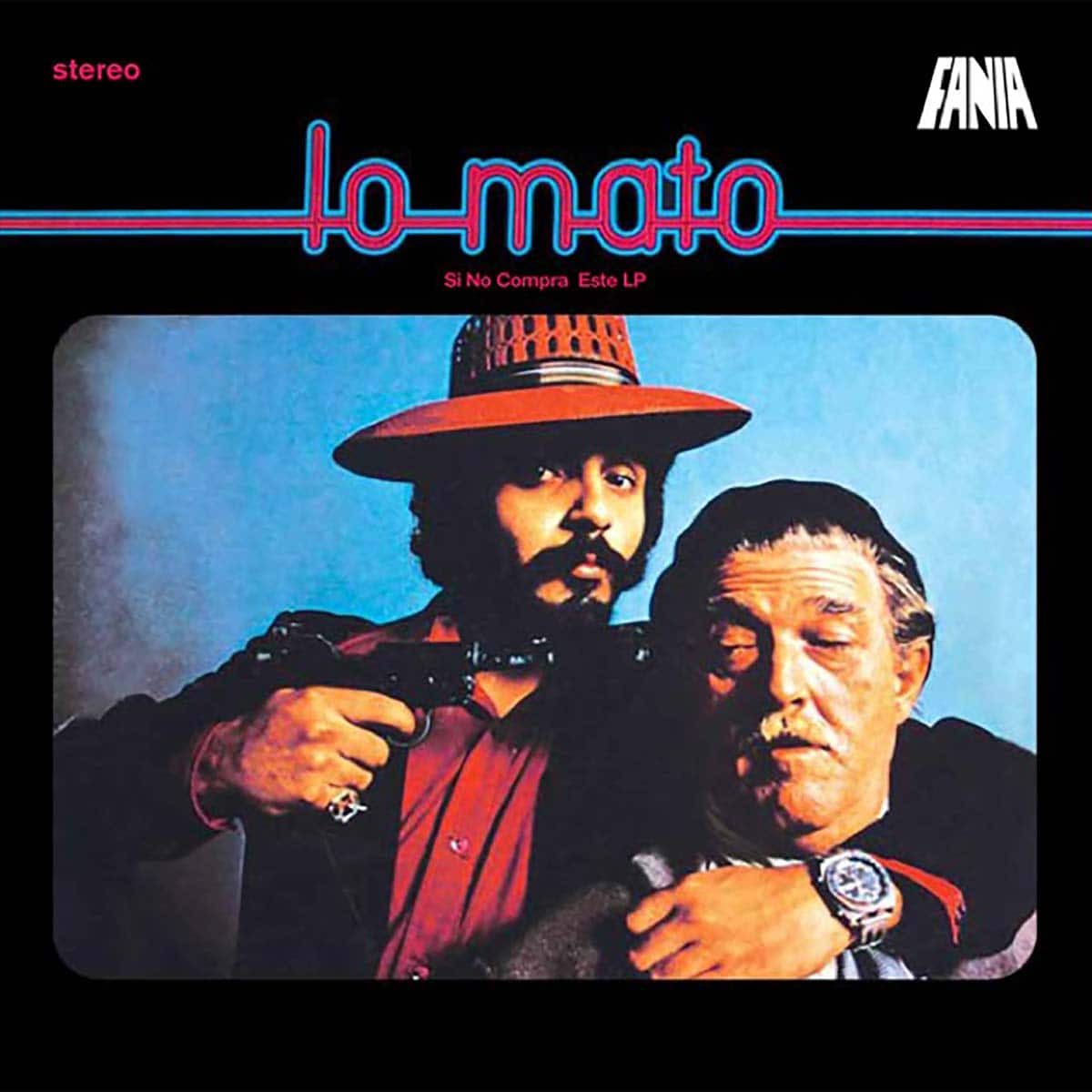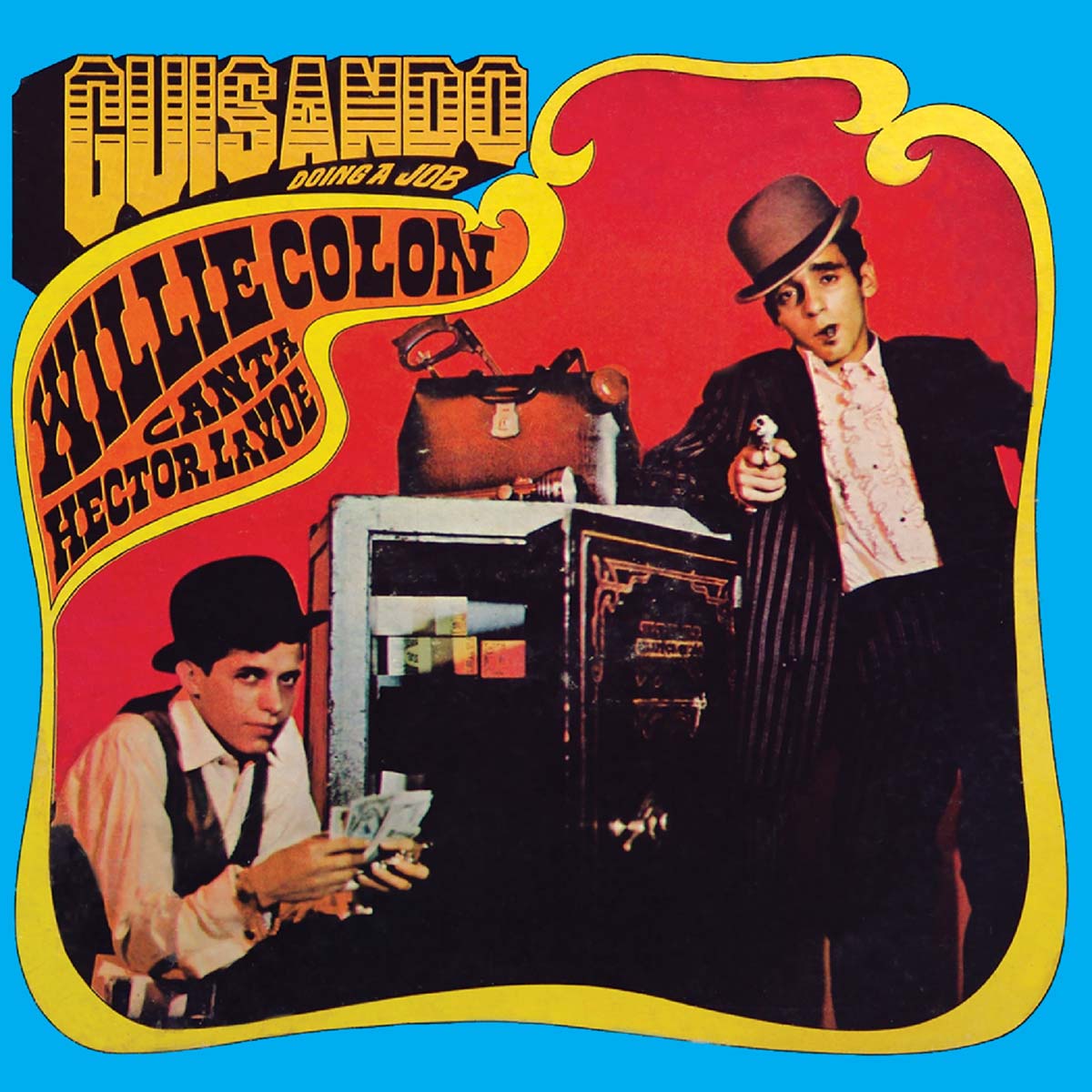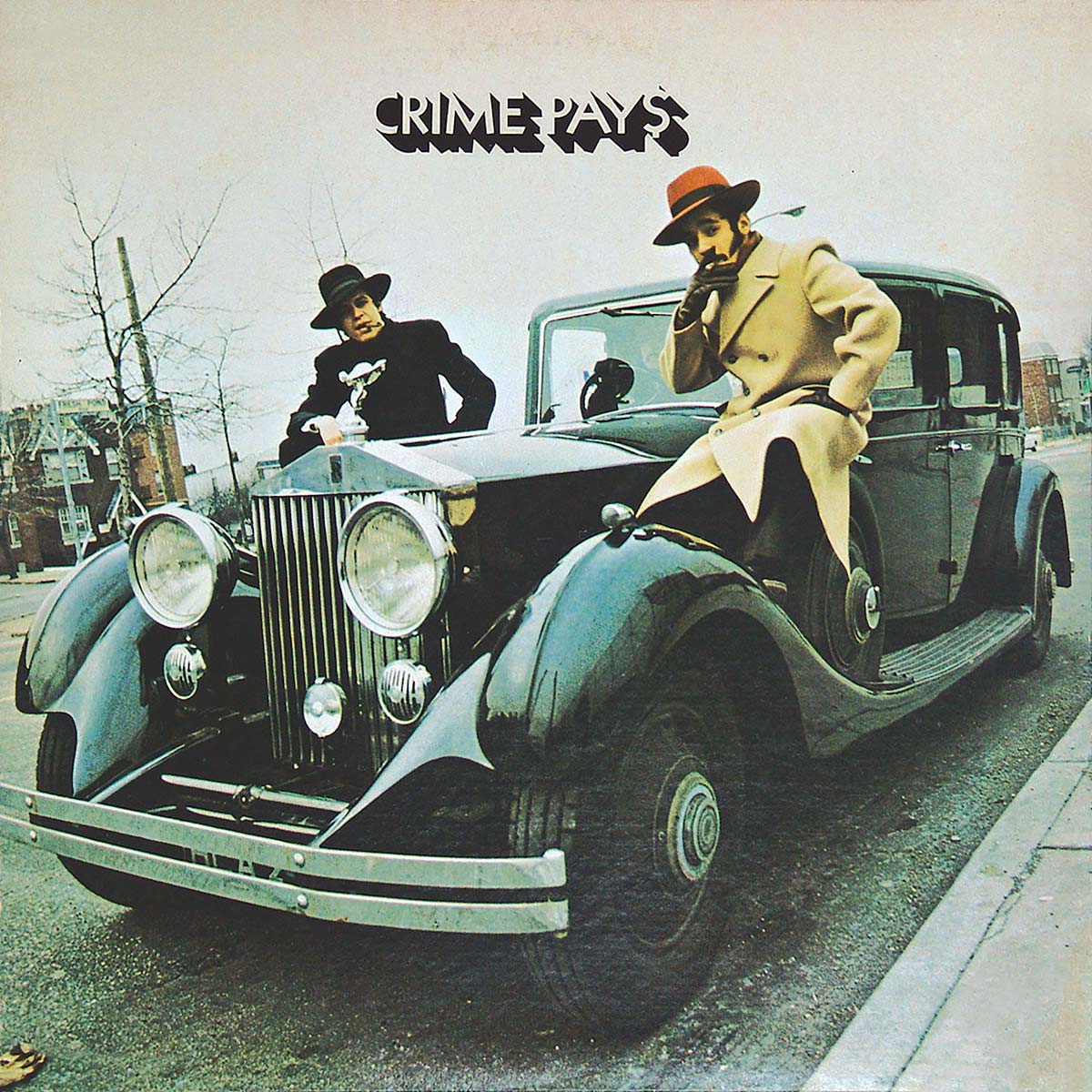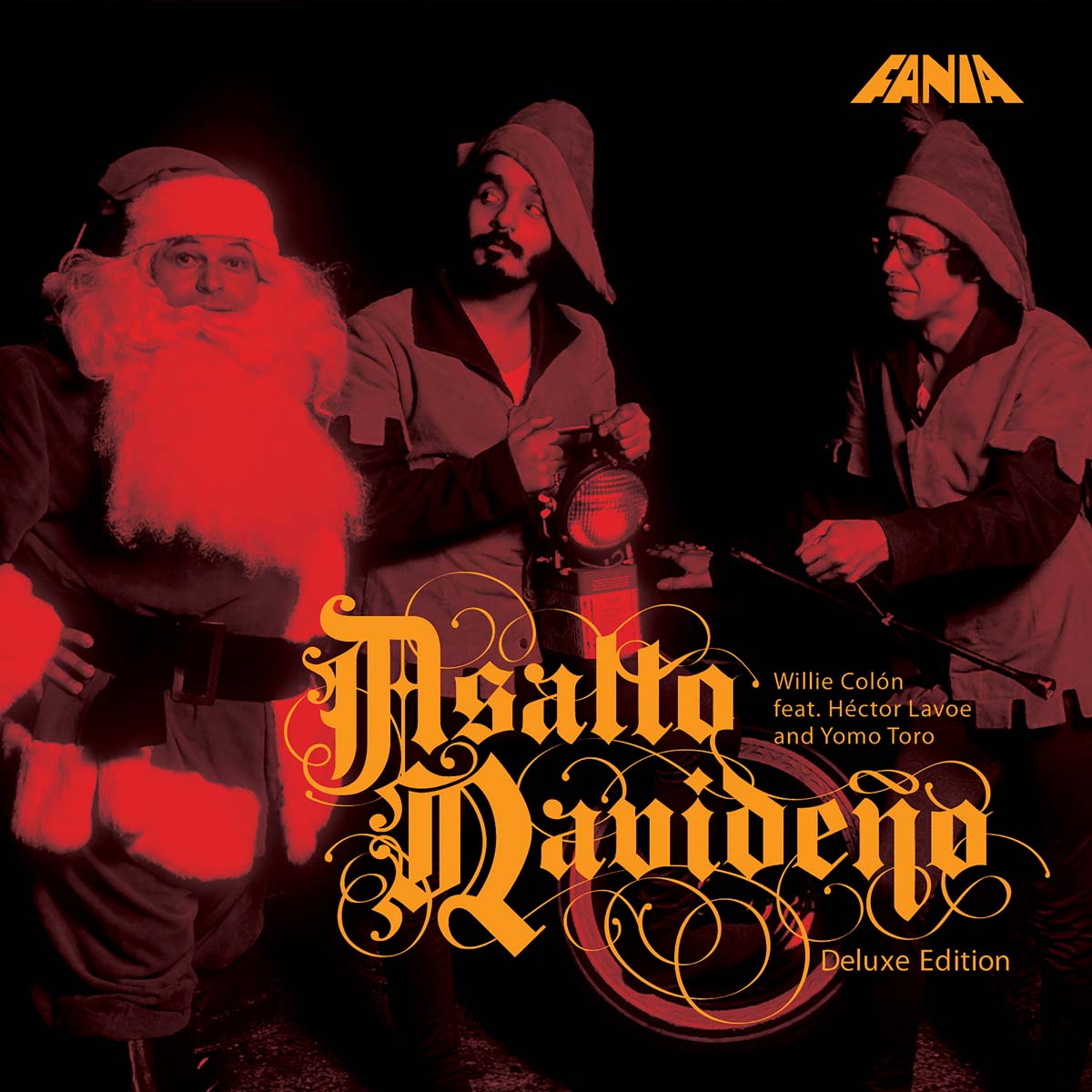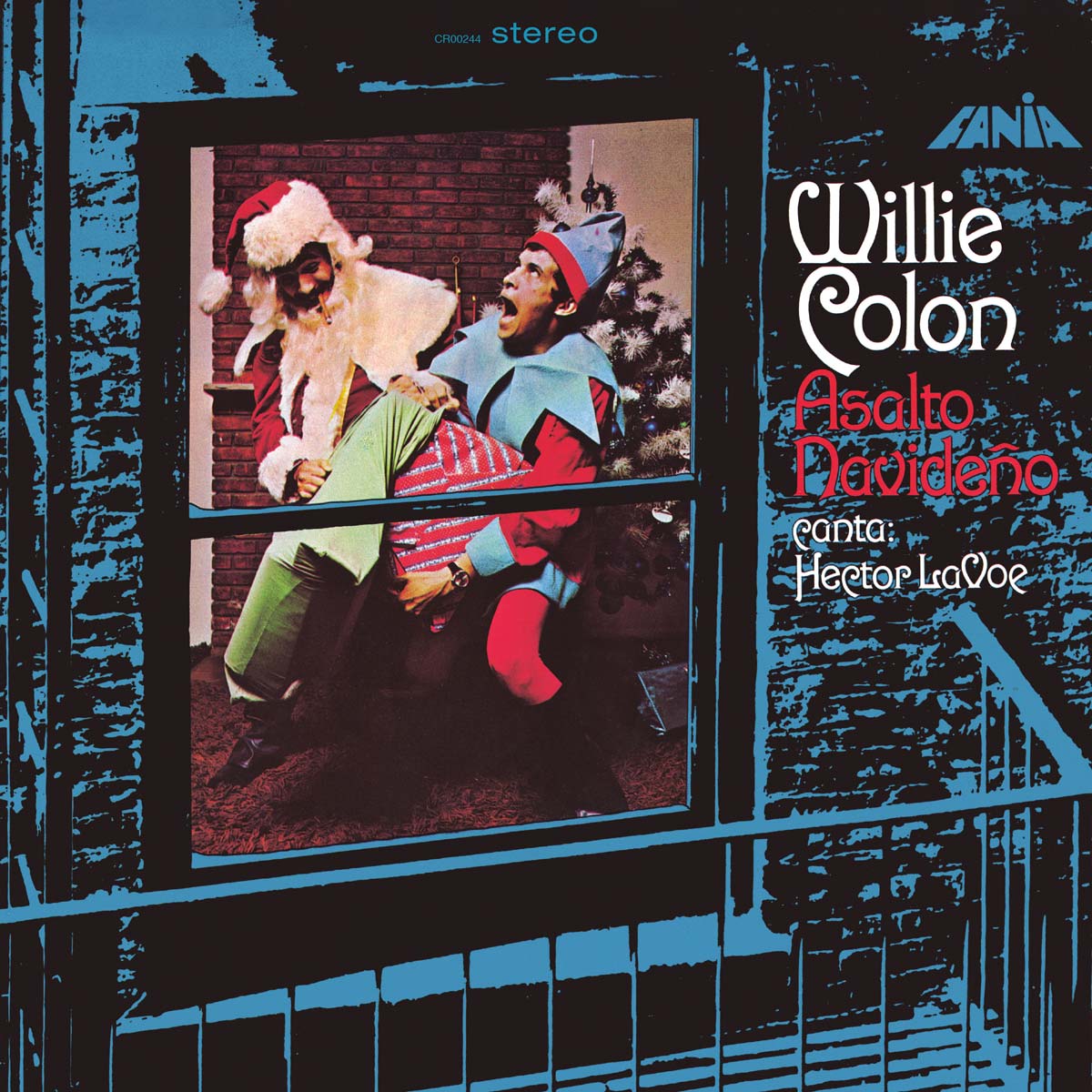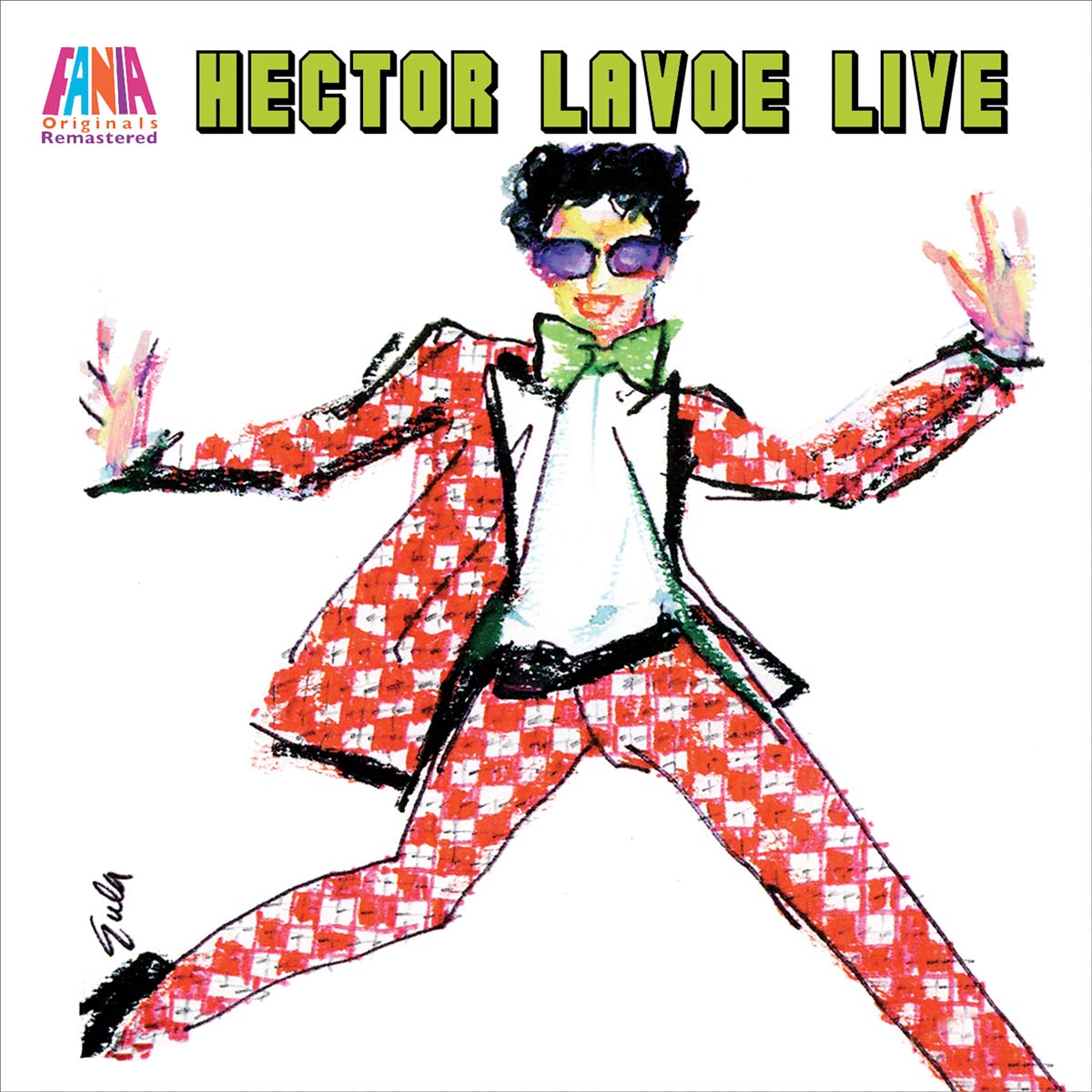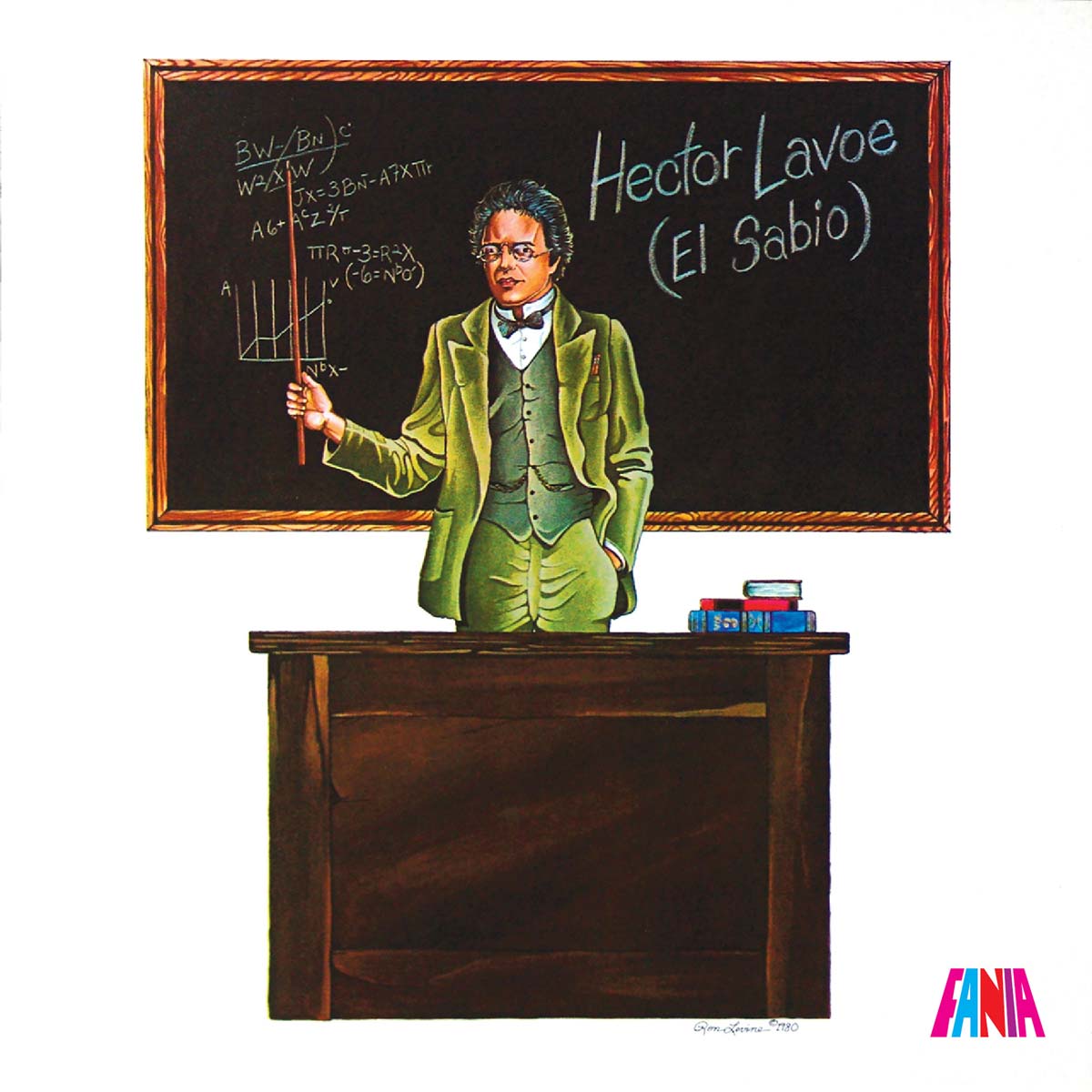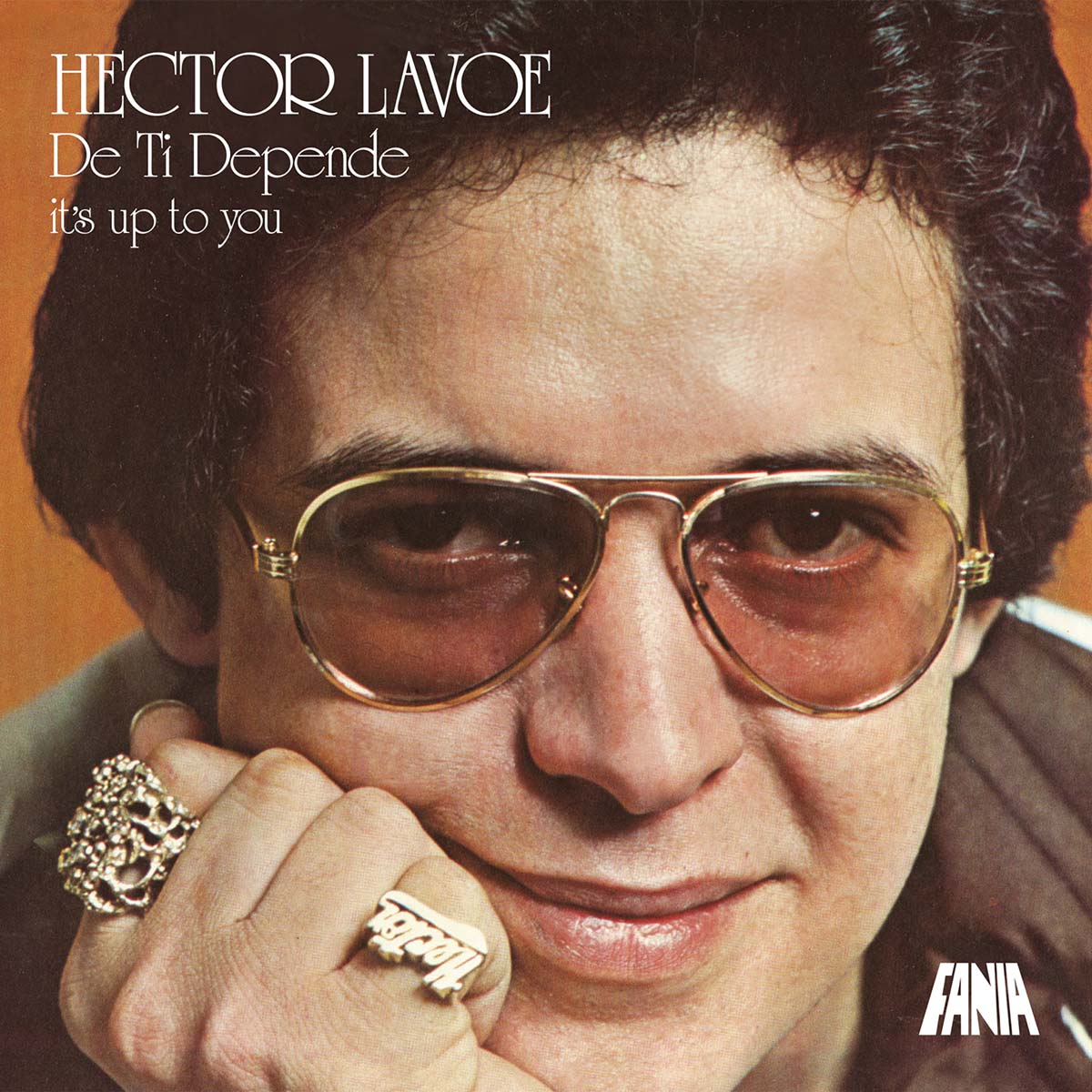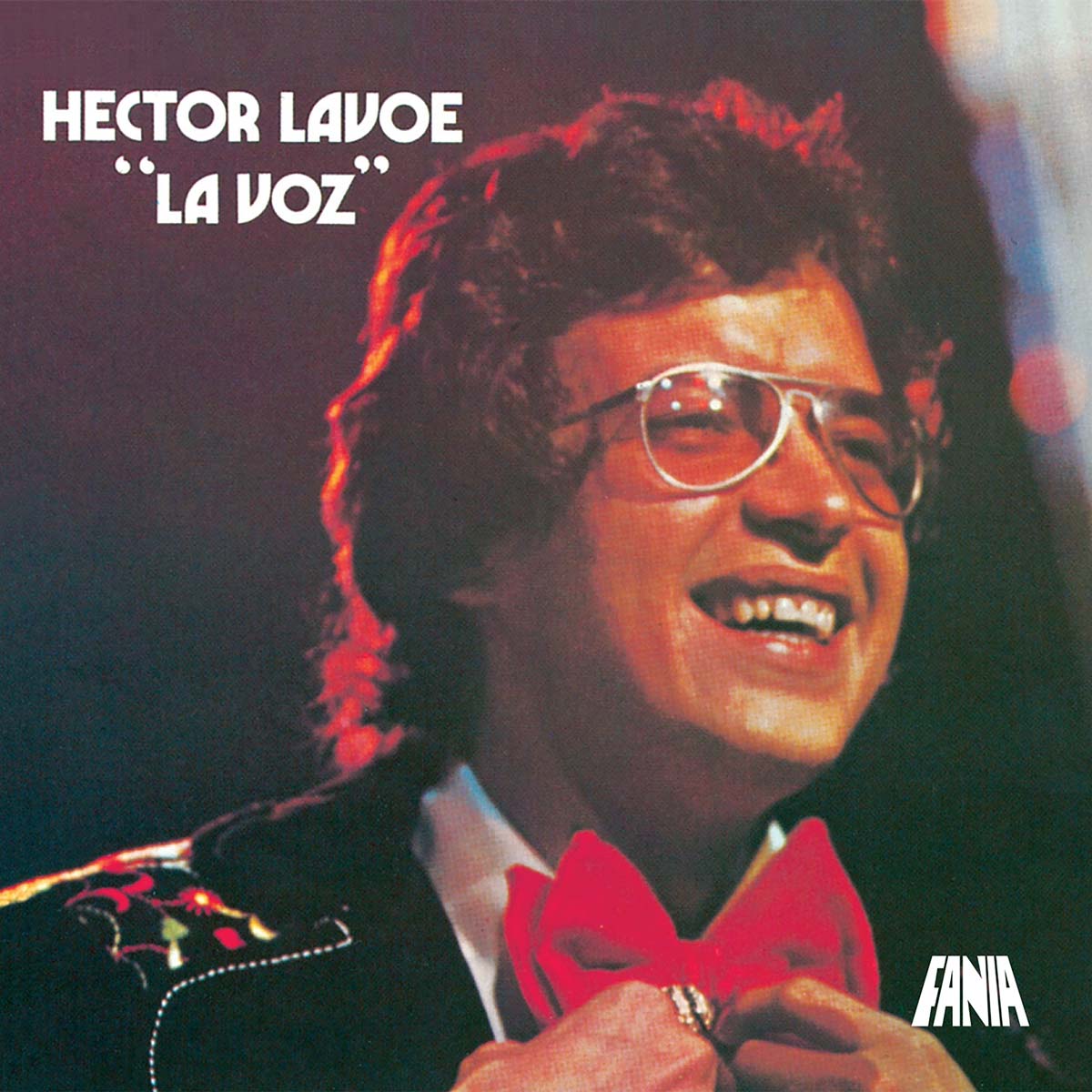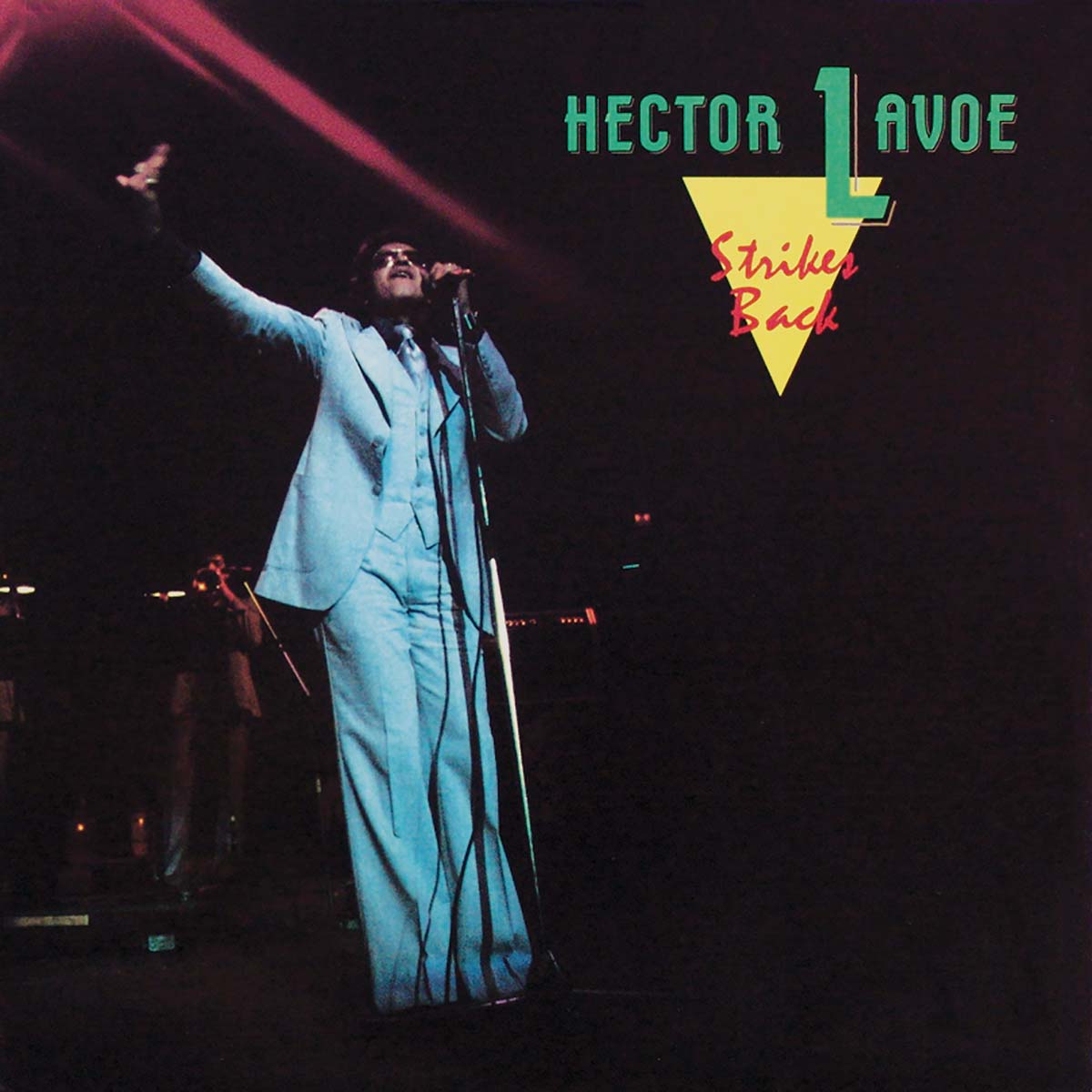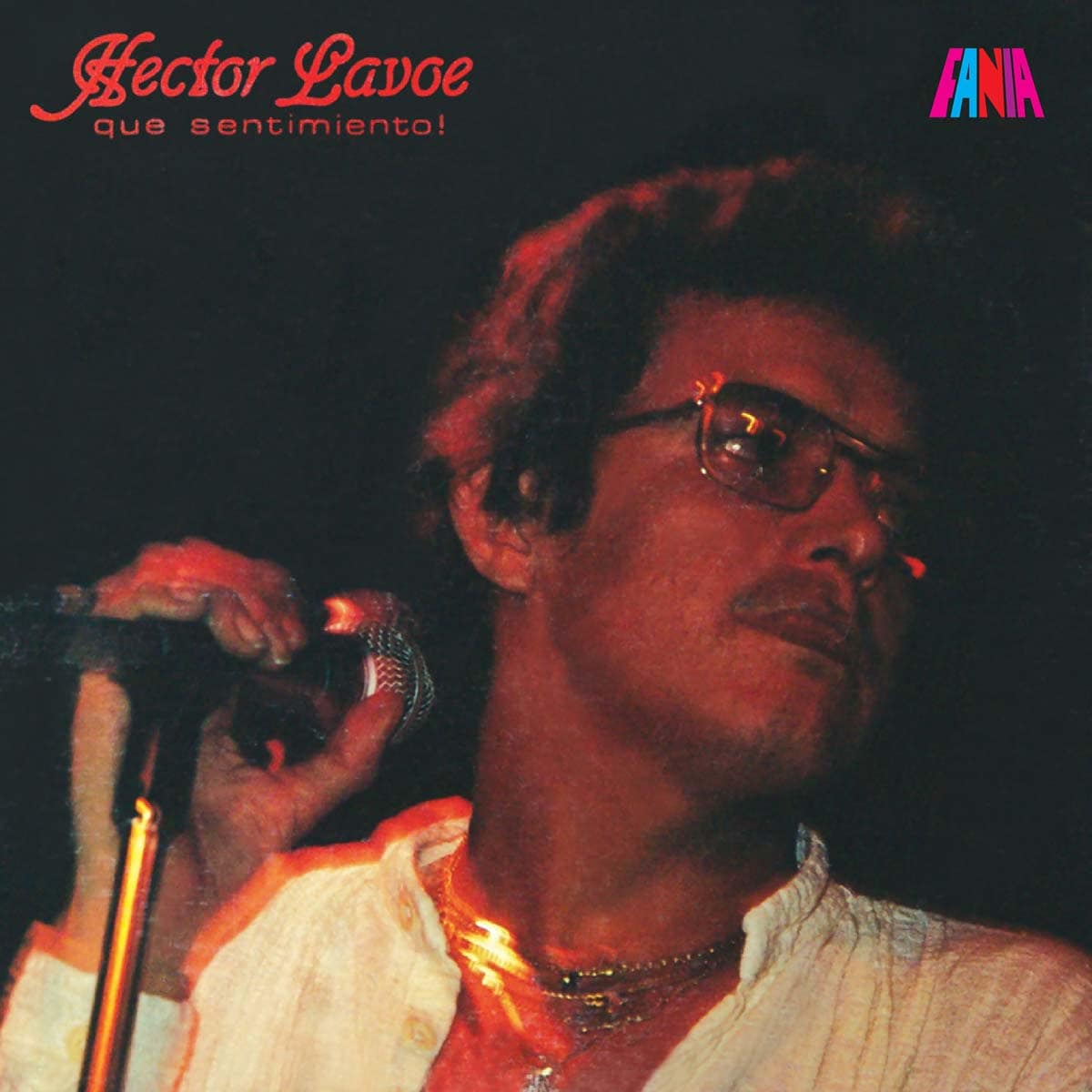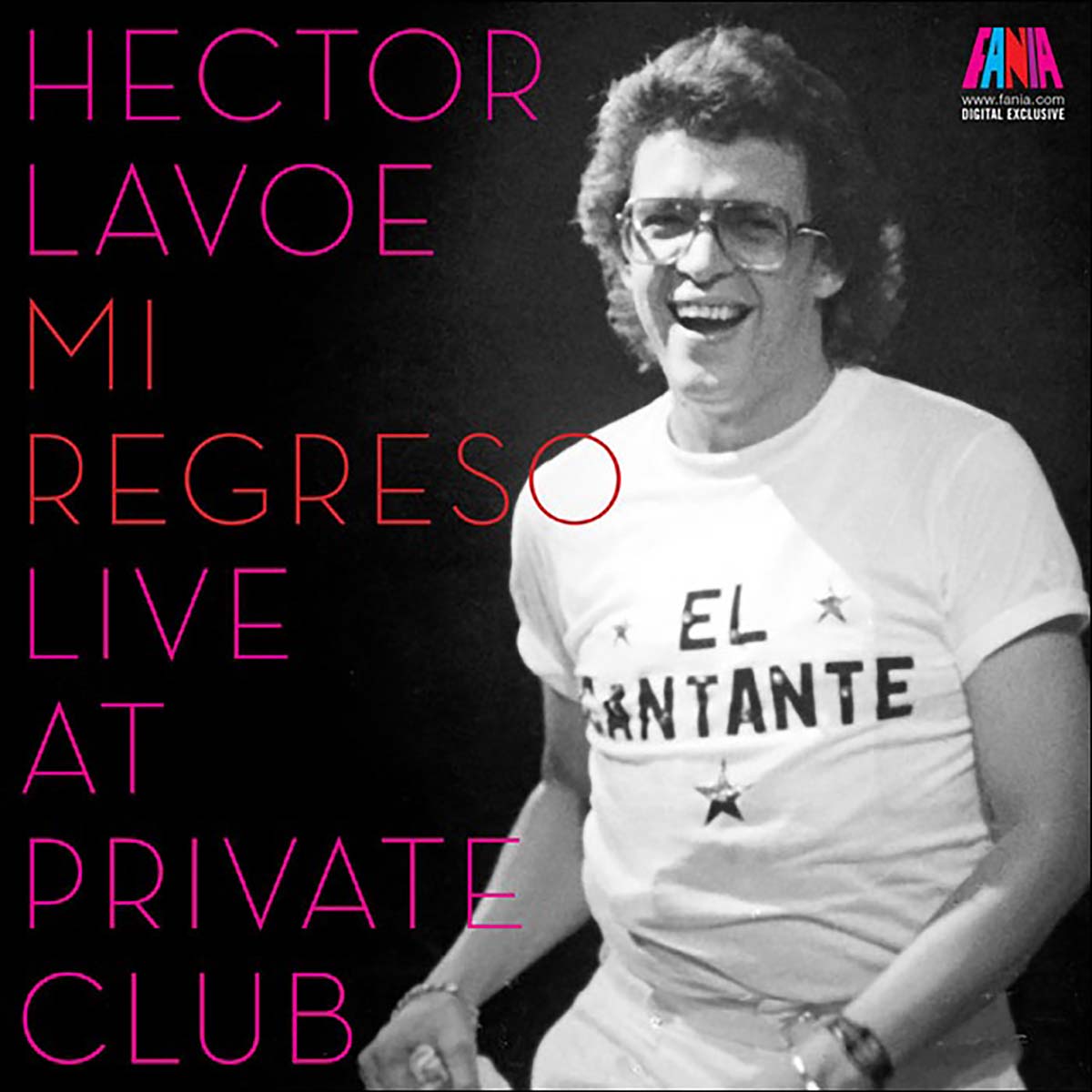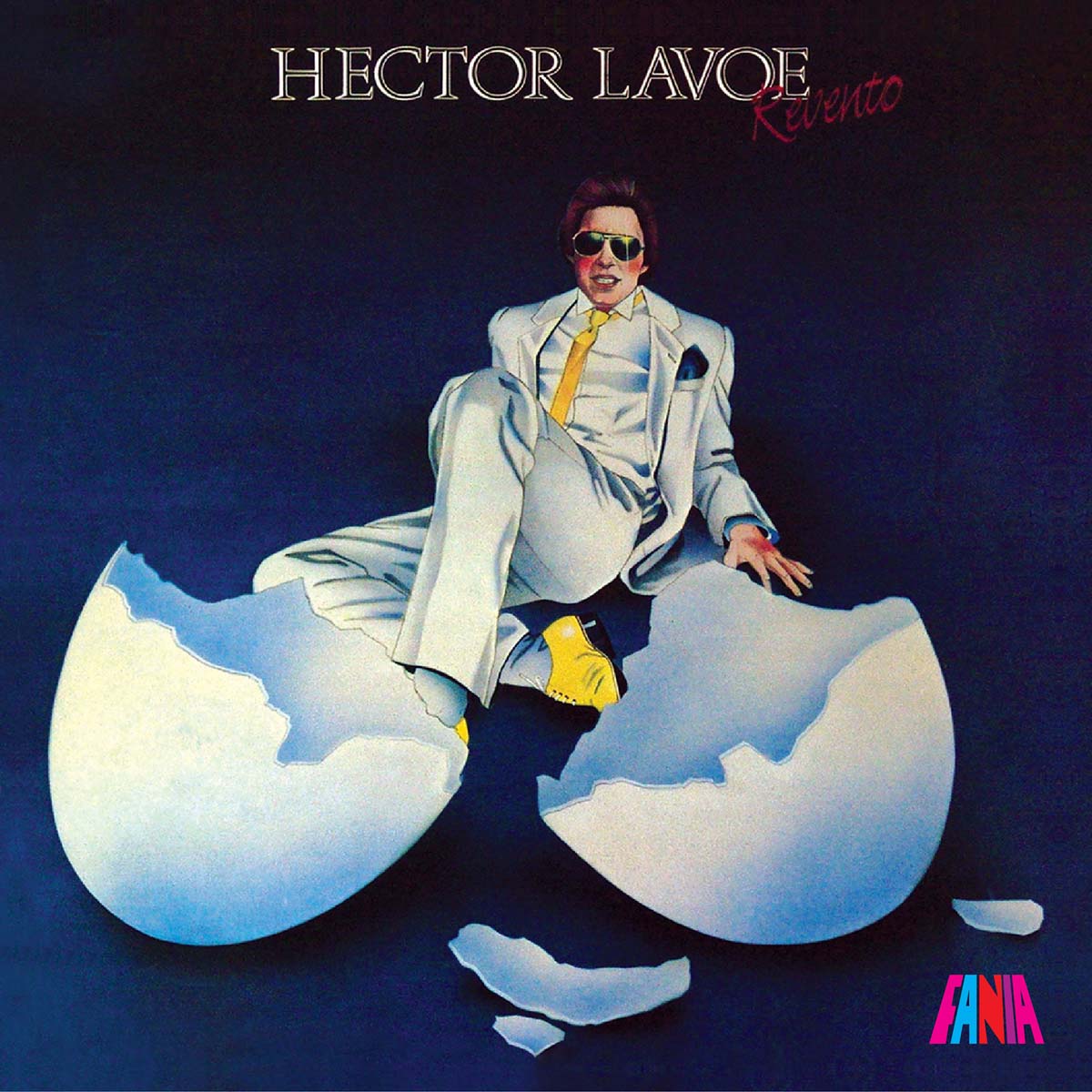
In Spanish, the word reventar means to burst. According to the Oxford English Dictionary, to burst is “to make one’s way suddenly, dramatically, or by force.”
Hector Lavoe El Cantante de los Cantantes (The Singer of all Singers), literally “Revento “(bursted) onto the salsa scene in 1985 with the release of one of the best albums of his discography, which jump-started in 1967 with Willie Colon’s album “El Malo”. “Revento” followed Vigilante, which was produced by Lavoe and Willie Colón in 1983.
The production was feverishly popular among fans, who went crazy for hits like Juanito Alimaña and Triste Y Vacía.” Revento” was El Cantante response to salsa’s decline, which stemmed from the new presence of merengue and the romantic ballad. For starters, Lavoe returned to Willie Colón’s trombone sound, recruiting Leopoldo Pineda and Lewis Khan for the occasion. For the chorus, he brought in Milton Cardona and José Mangual, friends of his from the days of El Juicio and Lo Mato. Musically speaking, “Revento” is one Hector LaVoe’s most exciting albums. And his vocals, while lacking the brilliance and power present in La Voz, De Ti Depende, and Comedia, are more than competent. “Revento”, as we pointed out in the book Cada Cabeza Es Un Mundo: Relatos e Historias de Héctor Lavoe, is El Cantante most versatile and rhythmically diverse album. Once again, he demonstrates that he was the most multifaceted musician on the scene, limitless in his ability to tackle themes from a wide range of indigenous and ethic genres. The romantic number “De Qué Tamaño Es Tu Amor” kicks off the album.
Here, José Madera’s handiwork combines the son and the Puerto Rican bomba in a divine arranged marriage. With the vocal stylings of chorus member Brenda Feliciano, Mario Andreola’s guitar, and Ricardo Marrero’s cuica, “La Vida Es Bonita” conjures up an imaginary and irresistible journey through the streets of Rio de Janeiro during Carnaval. Cacho Castana’s samba message is one of hope for the Americas and the entire world: Vivir sin sentir vergüenza de vivir feliz/Cantar y aunque el mundo se oponga tratar de reír/Yo sé que la calle está dura pero ya cambiará/Por eso nada impide que repita que la vida es bonita y es bonita. “Don Fulano De Tal” is a bolero number that was popularized in the late 60s by Tito Rodríguez, one of LaVoe’s major influences. Louie Ramírez’s arrangement showcases Puerto Rican Ricardo Marrero’s performance on the vibraphone. An expressive, sentimental musician, Marrero proved his virtuosity with The Group and as the front man for Rubén Blades’ band Seis del Solar, but even so, he has yet to receive the recognition he deserves. “La Fama,” the quasi-sequel to Rubén Blades’ El Cantante, is an original composition with an autobiographical flavor in which Lavoe paints a picture of the vicissitudes artists face in their personal lives and on the business side of the music industry, where they are frequently exploited and forced to paint on a smile to play the role of the perennially happy jester.
“La Fama” is a sad tale that actually came to pass a few years later: No tengo amigos/y sin un amor fácil lo consigo/así de fácil lo he de perder/Mi madre dijo: ‘no creas ser un gran tenorio/ pararás en un sanatorio y allí la fama habrás de perder. “Déjala Que Siga” is a pachanga number that features a flute solo by Johnny Pacheco. In “Cáncer,” a hit written by singer-songwriter Joe Jackson, Isidro Infante and Professor Joe Torres relinquish control of the piano and cede the bench to Richie Ray, who unleashes a magnificent solo tinged with blues and funk. Meanwhile, virtuoso bassist Salvador Cuevas contributes a solid, harmonic bass line. Lavoe shines with his sense of humor. “Por Qué No Puedo Ser Felíz” was penned by the Argentine duo Pimpinela and adapted to the merengue by José Madera – deliciousness courtesy of the Dominican guiro and Juancho Viloria’s chorus.
With the release of Revento, Héctor Lavoe took command of nightclubs throughout New York, Philadelphia, Boston, and New Jersey. And he continued to expand his territory in Peru, Panama, Venezuela, Colombia, Puerto Rico, Ecuador, and every other corner of the world.
Credits: Joe Torres and Isidro Infante – Piano Salvador Cuevas – Bass Milton Cardona – Conga and Minor Percussion Pablo Rosario – Bongo and Campana John Andrews – Timbales Lewis Khan and Leopoldo Pineda – Trombones Héctor Casanova – Maracas Johnny Pacheco – Guiro Mario Andreola – Guitar Ricardo Marrero – Vibraphone and Cuica Chorus – Milton Cardona, Héctor Lavoe, José Mangual, Brenda Feliciano (“La Vida Es Bonita”), Juancho Viloria (“Por Qué No Puedo Ser Feliz”) Recording Director – Johnny Pacheco Producer – Jerry Masucci Assistant Producer – Puchi Lavoe Engineer – Irving Greenbaum Arrangements – José Madera, Isidro Infante, Louie Ramírez Recorded – Tierra Sound Studios, New York Special Guests – Richie Ray – Piano Solo on ( “Cáncer”), Johnny Pacheco -Flute Solo on (“Déjala Que Siga”)
Written by Jaime Torres Torres


